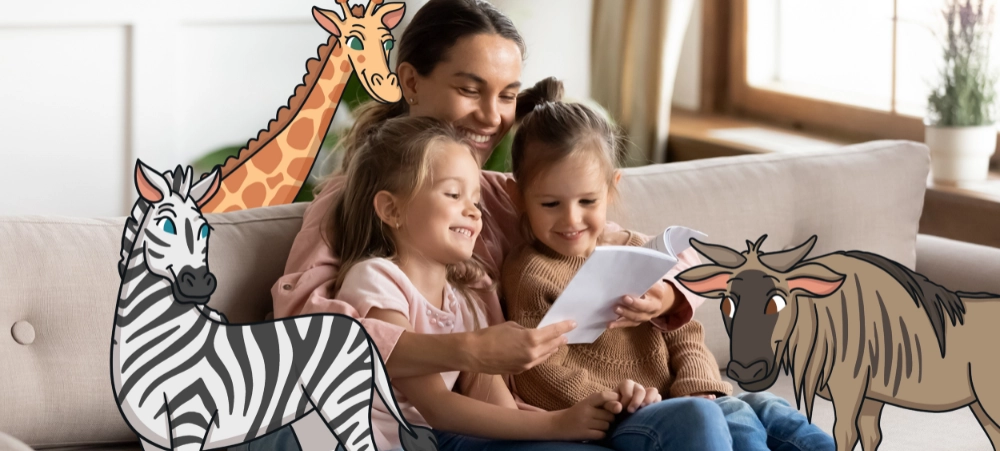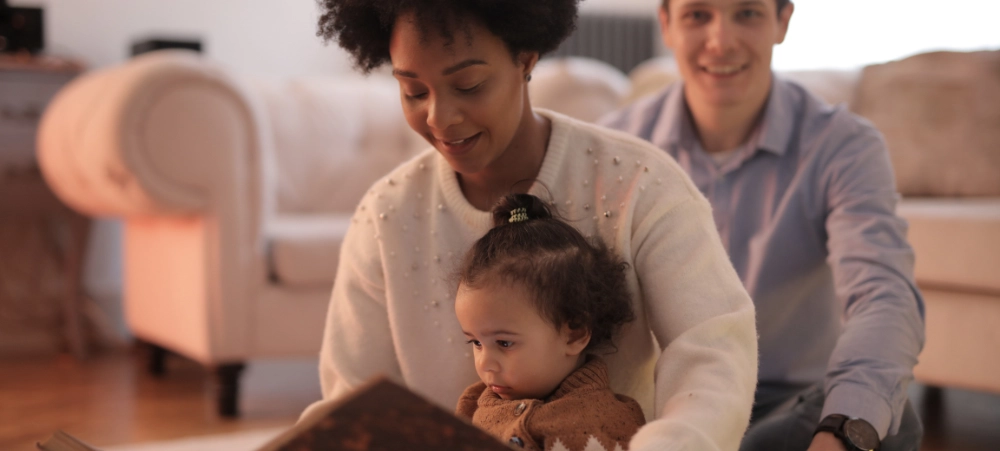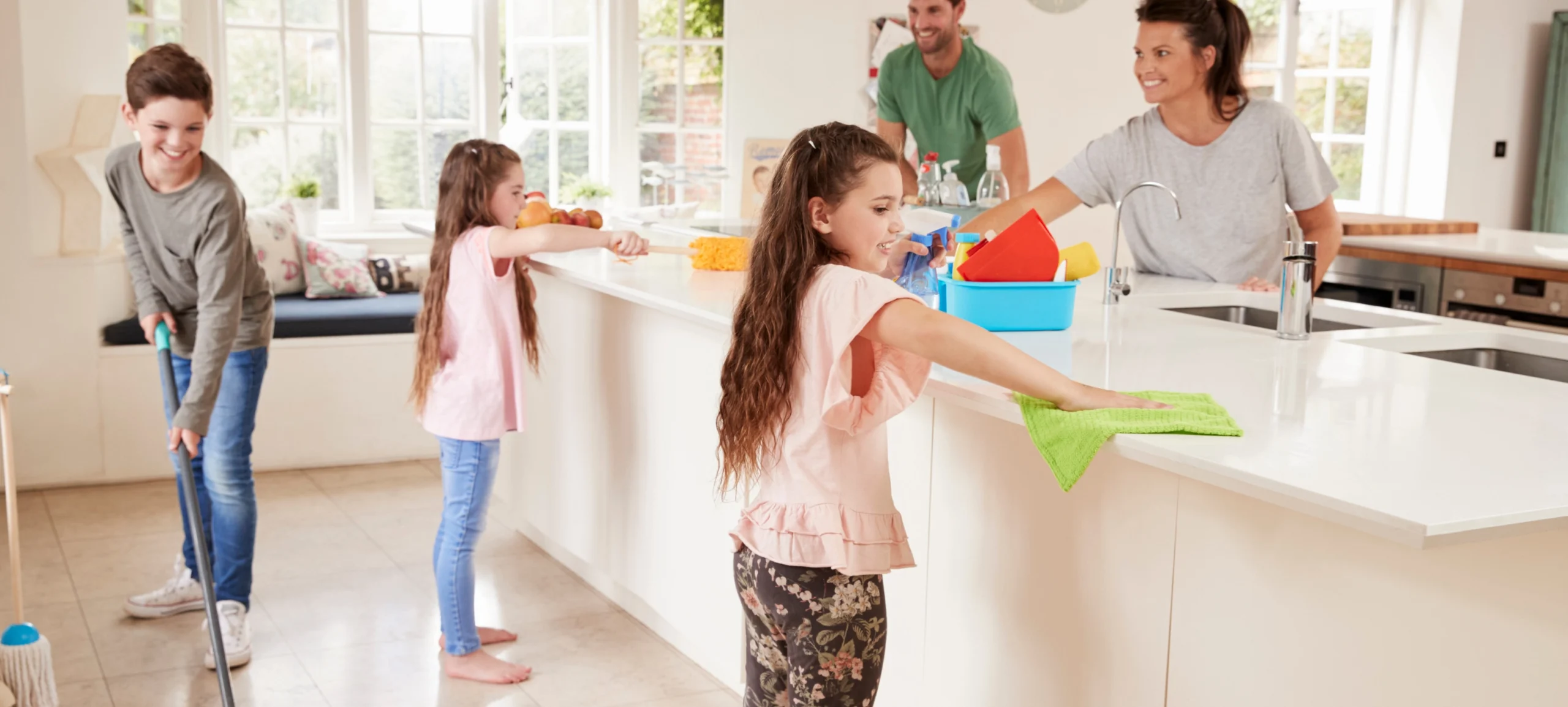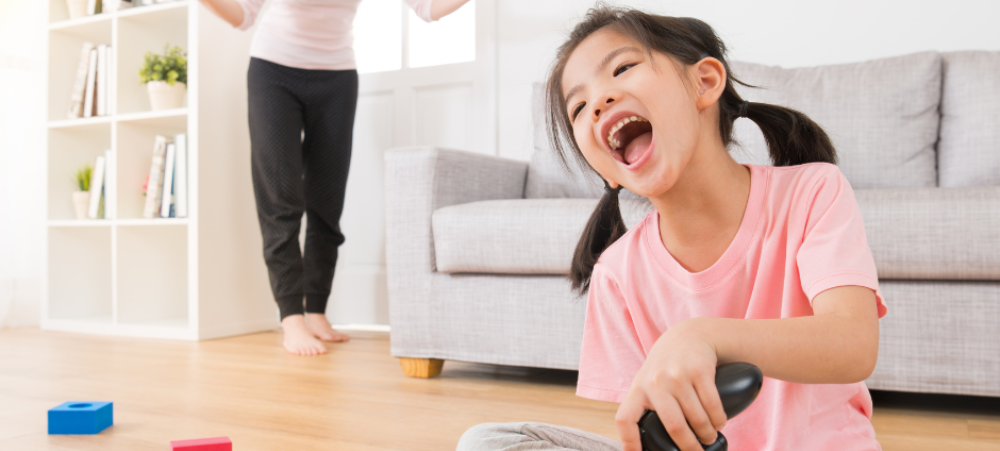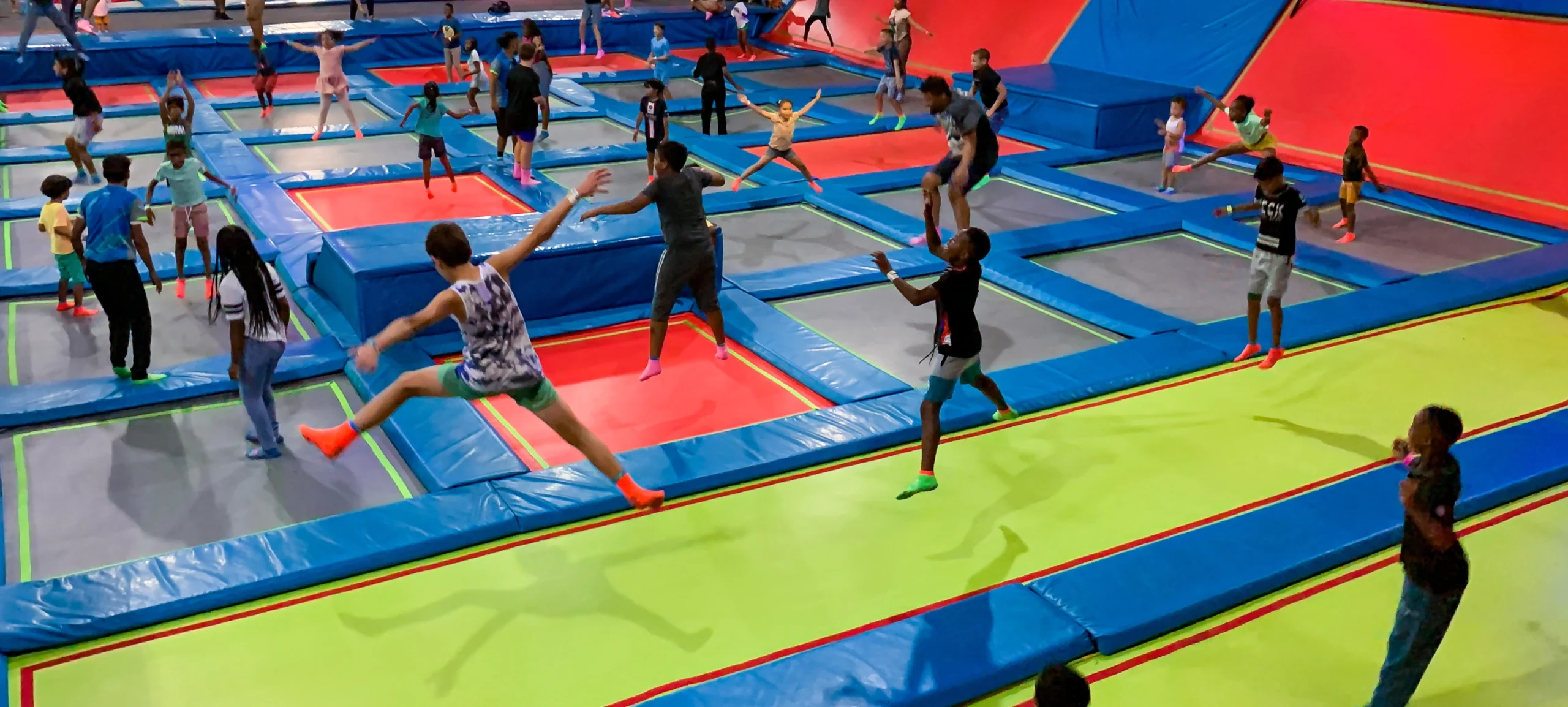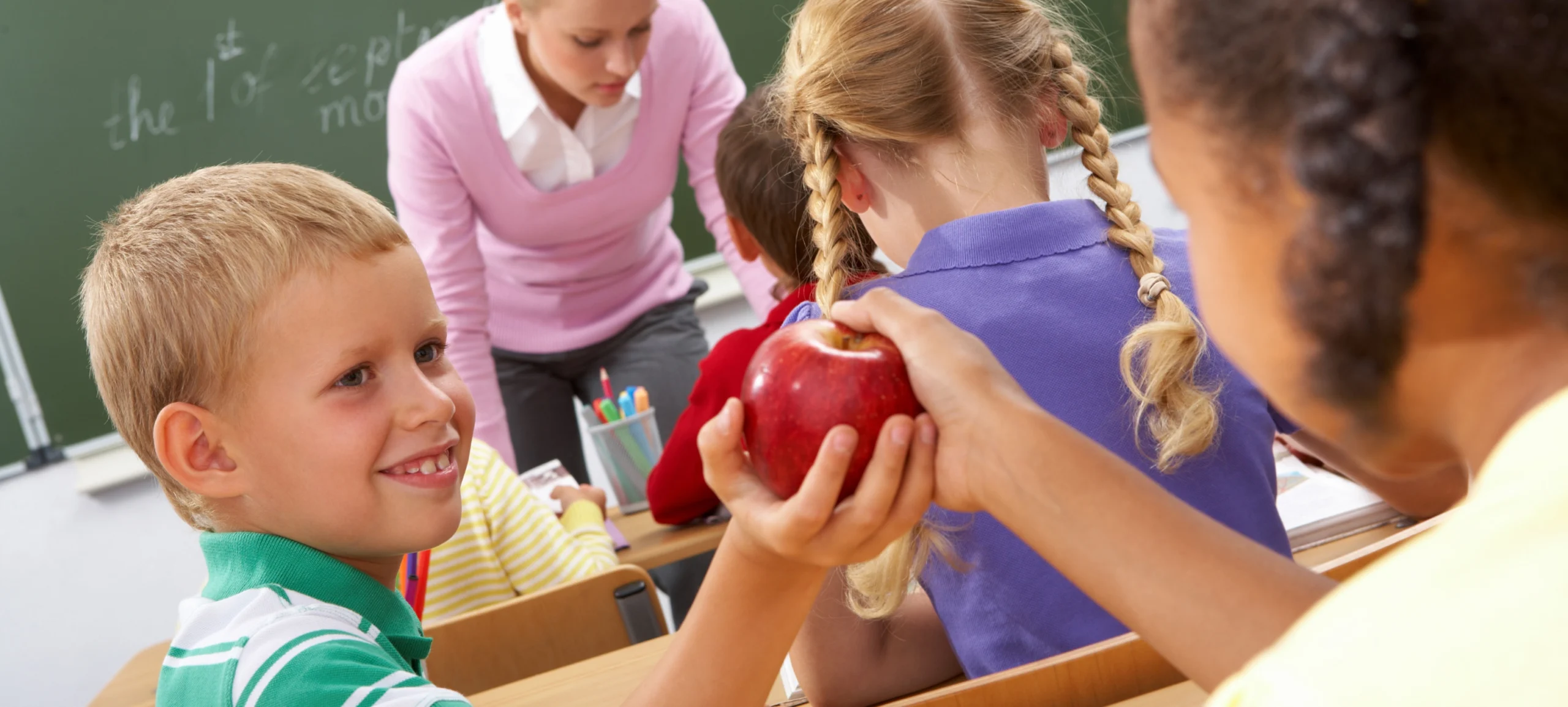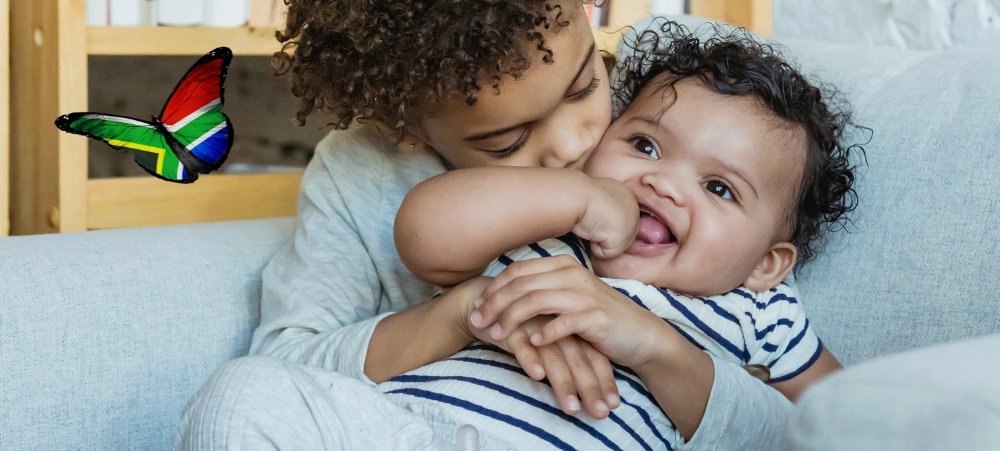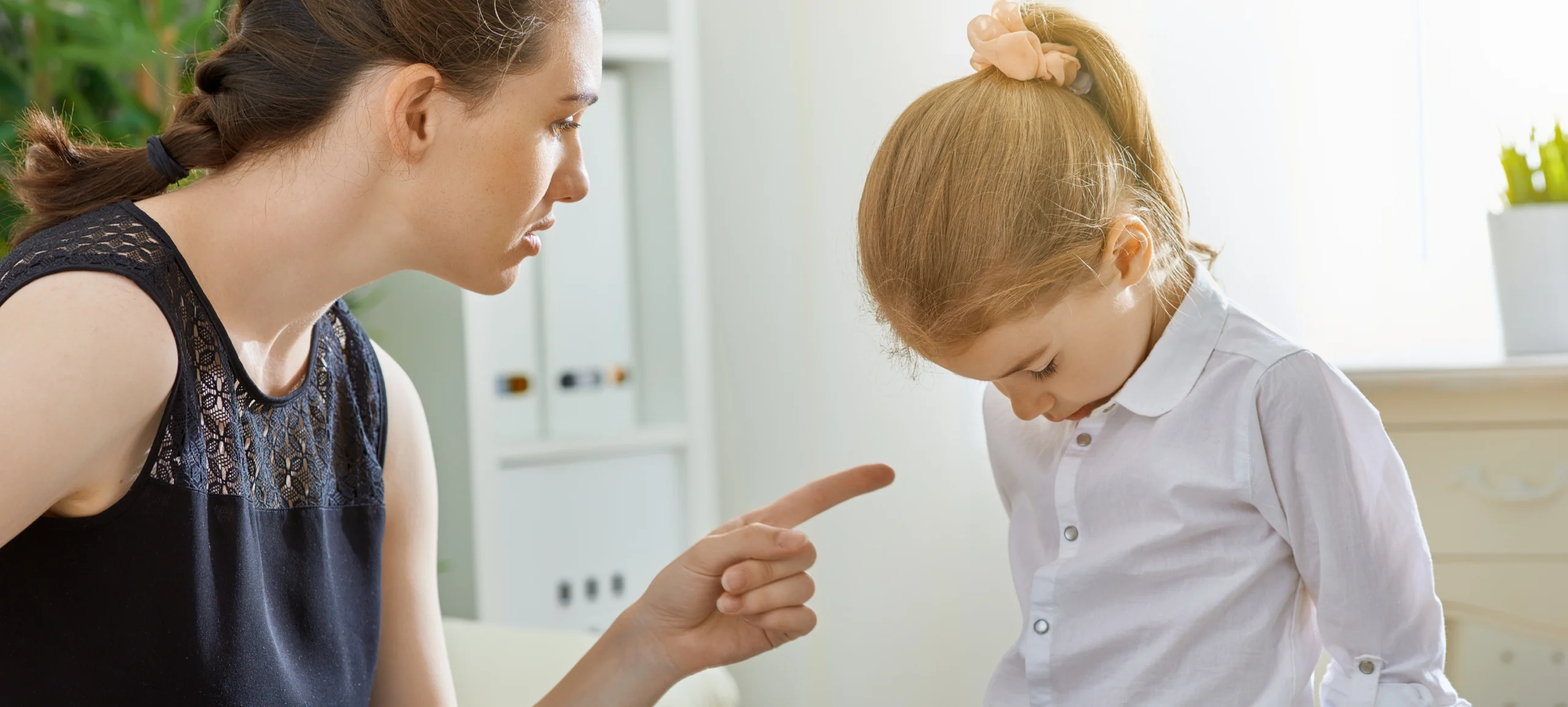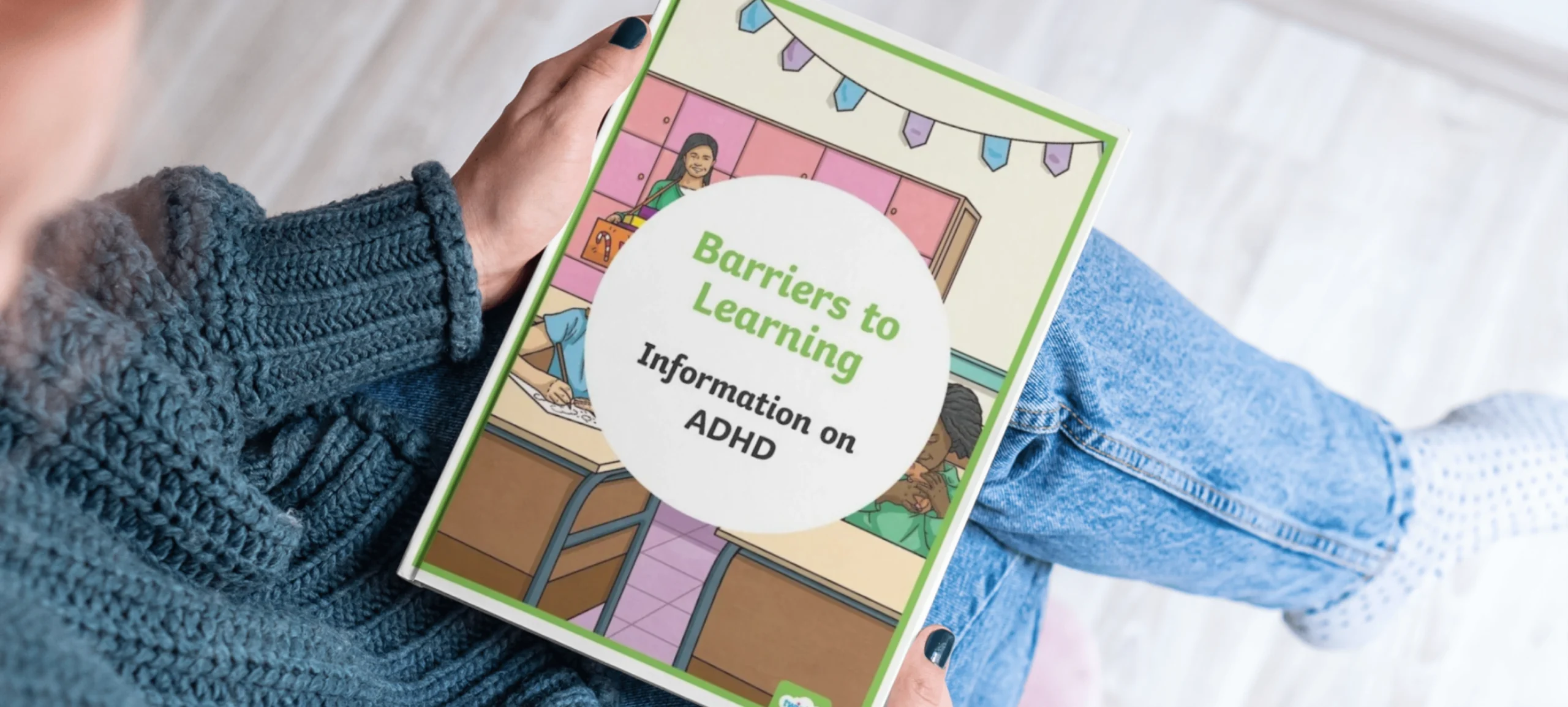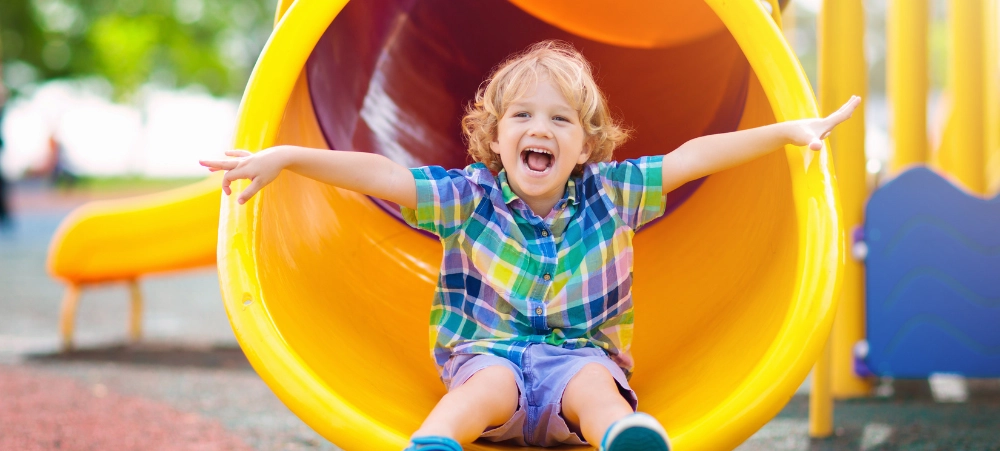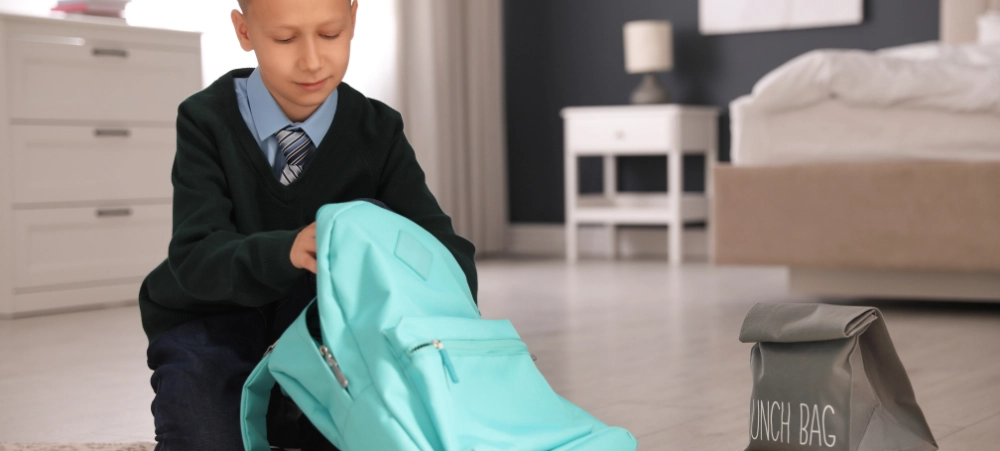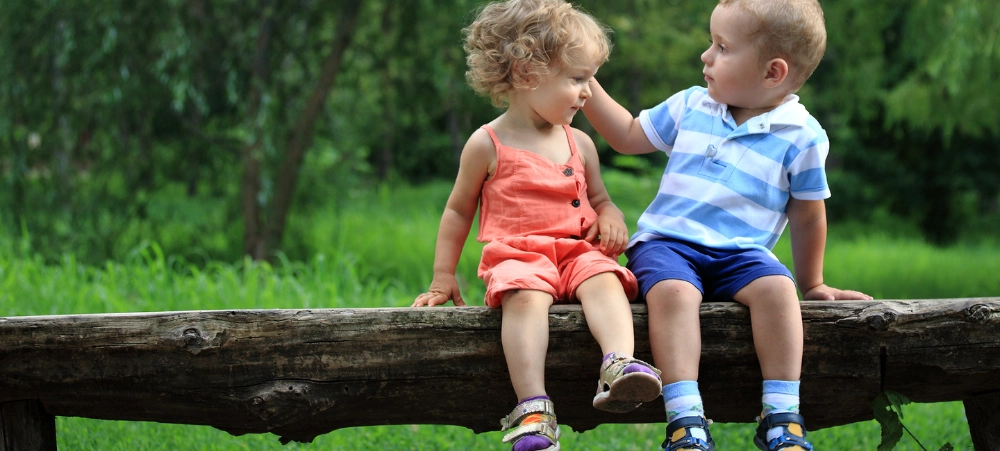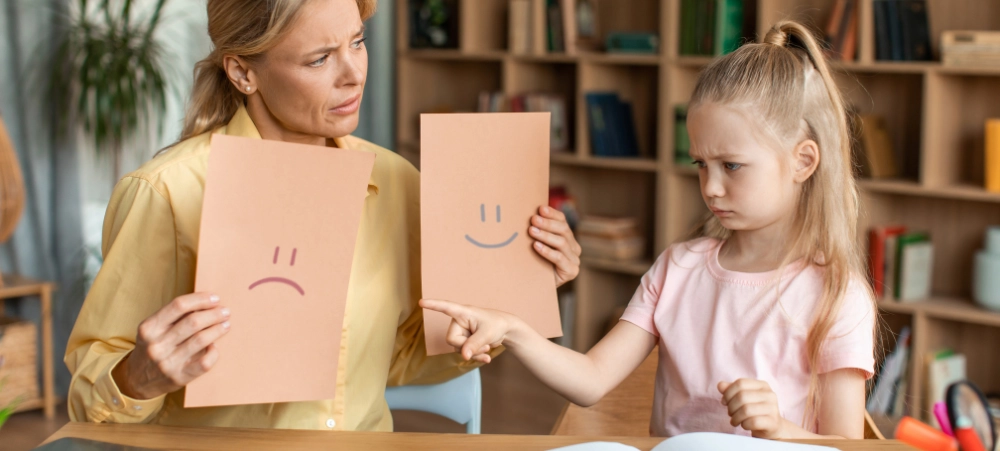
How to Teach Kids to Manage Big Emotions
Children often experience intense emotions as they navigate the complexities of growing up. Teaching them to manage these “big emotions” is crucial for their emotional development and overall well-being. This article explores effective strategies to help children understand and regulate their feelings, fostering resilience and emotional intelligence. Understanding Big Emotions in Children Big emotions refer to intense feelings such as anger, frustration, sadness, or anxiety that can be overwhelming for children. These emotions are natural but can lead to behavioural challenges if not properly managed. Children may struggle with self-regulation due to the underdevelopment of the prefrontal cortex, the brain region responsible for impulse control. Additionally, factors like temperament, parental intervention, or conditions such as anxiety, ADHD, or autism can influence a child’s ability to self-regulate. Strategies for Teaching Emotional Regulation 1. Acknowledge and Validate Emotions Recognising and accepting a child’s feelings is the first step toward helping them manage emotions. Acknowledging their anger, sadness, or frustration ensures they feel safe to express themselves. Encouraging them to use words to describe their feelings can broaden their emotional vocabulary. 2. Model Appropriate Behaviour Children learn by observing adults. Demonstrating calmness and effective coping mechanisms during stressful situations provides a blueprint for them to emulate. This modelling helps children understand how to navigate their own emotions constructively. 3. Teach Mindfulness and Relaxation Techniques Introducing mindfulness practices, such as deep breathing or visualisation, can help children manage stress and develop self-awareness. These techniques enable them to pause and reflect before reacting impulsively. 4. Establish Clear Boundaries Setting consistent rules and expectations provides children with a sense of security. Understanding the consequences of their actions helps them learn self-control and the importance of adhering to guidelines. 5. Encourage Problem-Solving Skills Guiding children to identify problems and brainstorm solutions empowers them to handle challenging situations. This approach fosters resilience and reduces feelings of helplessness. 6. Implement Programs Like FRIENDS Structured programs, such as the FRIENDS program developed by Professor Paula Barrett, aim to increase social and emotional skills, promote resilience, and prevent anxiety and depression. These programs incorporate physiological, cognitive, and behavioural strategies to assist children in coping with stress and worry. 7. Promote Creative Play Engaging in creative play allows children to express their emotions and develop emotional intelligence. Activities like drawing, storytelling, or role-playing can help them process feelings and build social awareness. 8. Practice Distanced Self-Talk Encouraging children to use their names or imagine themselves as their favourite superhero when facing challenges can help them manage emotions. This technique, known as “distanced self-talk,” allows them to view situations from a different perspective, reducing anxiety and building confidence. Common Mistakes to Avoid 1. Invalidating Emotions Telling children to stop crying or dismissing their feelings can hinder their emotional development. Acknowledging and validating their emotions strengthens the parent-child bond and teaches emotional regulation. 2. Inconsistent Boundaries Lack of clear rules can confuse children and impede their ability to self-regulate. Consistent boundaries provide a framework within which they can safely express and manage emotions. When to Seek Professional Help If a child consistently struggles with emotional regulation, exhibits aggressive behaviour, or if parents feel overwhelmed, consulting a mental health professional is advisable. Early intervention can address underlying issues and provide tailored strategies to support the child’s emotional development. Conclusion Teaching children to manage big emotions is a multifaceted process that requires patience, empathy, and consistency. By implementing the strategies outlined above, parents and caregivers can equip children with the tools necessary to navigate their emotional landscapes, fostering resilience and emotional intelligence that will benefit them throughout their lives. Sources



